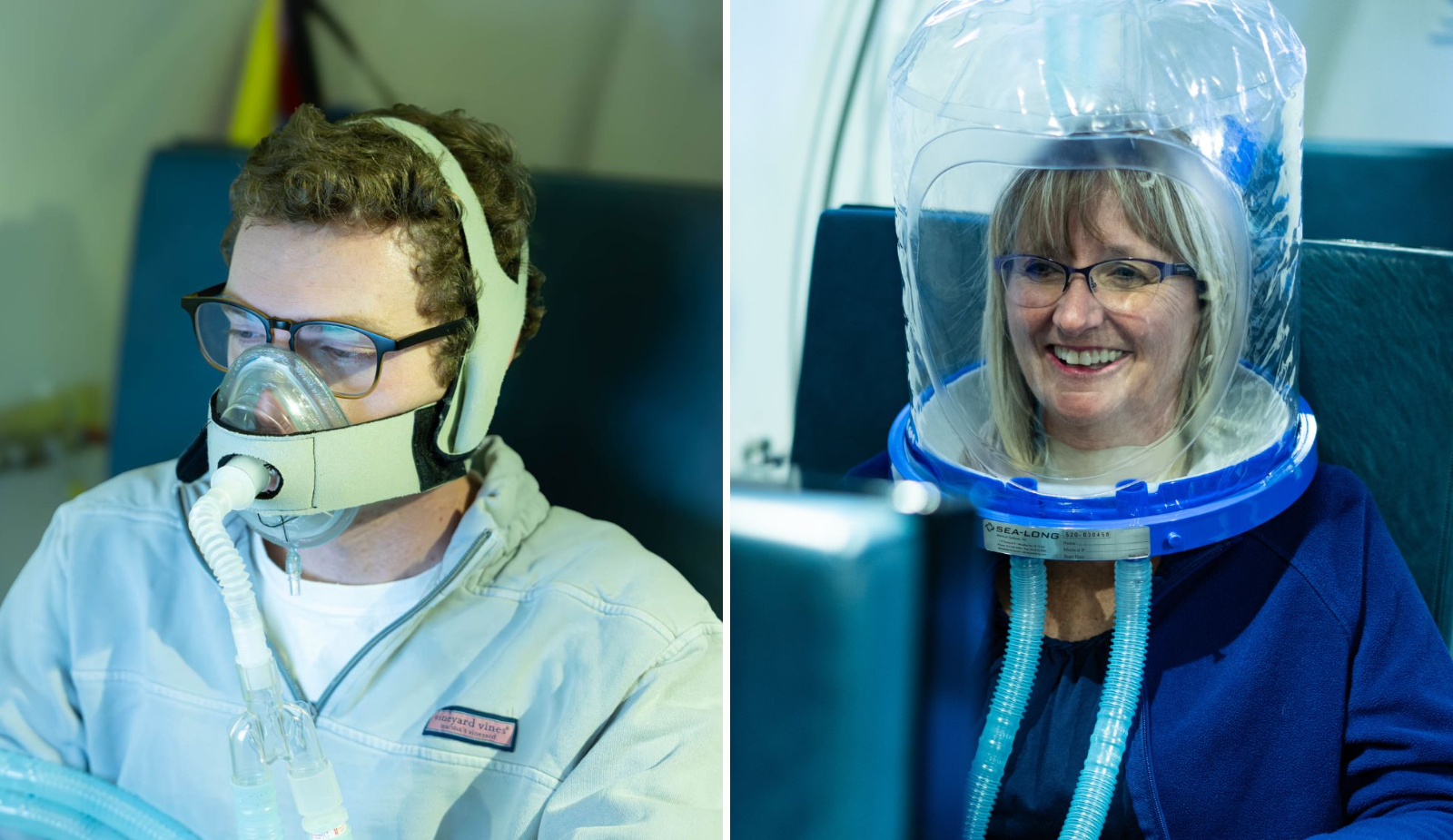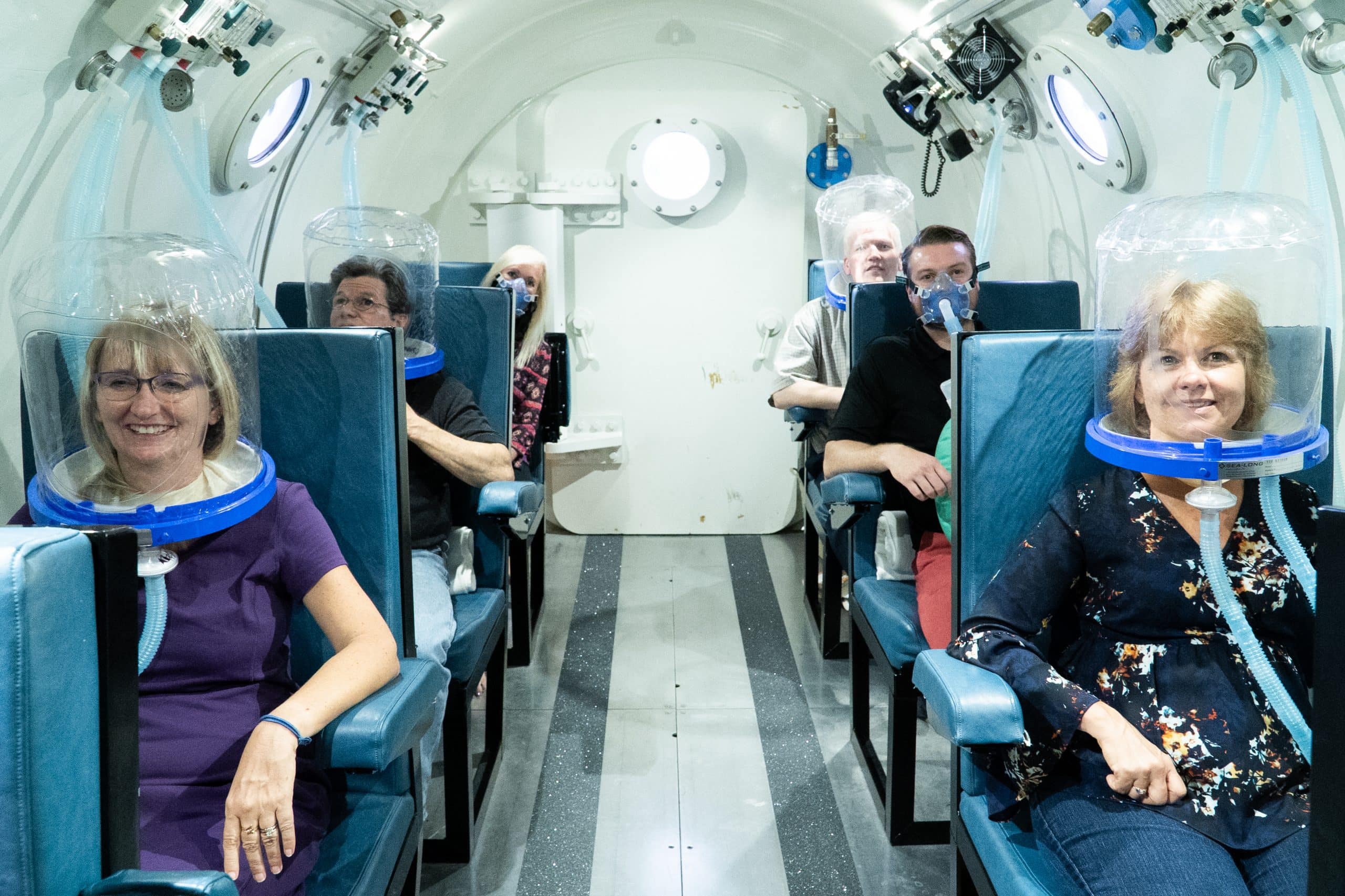Patient safety is the foundation of every treatment at Extivita. Hyperbaric oxygen therapy (HBOT) has been used for more than a century to accelerate healing, improve neurological function, and support long-term wellness. Although HBOT has a strong global safety record, rare historical incidents—particularly those involving 100% oxygen environments—highlight the importance of strict protocols and properly engineered chambers.
Extivita exclusively uses multiplace, air-based hyperbaric chambers that have been utilized for over 100 years worldwide. With tens of thousands of safe treatments delivered at our RTP clinic in Durham, North Carolina, our model reflects the highest standard in modern HBOT safety.
Understanding HBOT Safety Risks
Hyperbaric chambers must be managed carefully due to the combustible nature of oxygen. Historical incidents serve as reminders of why safety protocols matter. Documented examples include:
- 1996 Japan fire (2 fatalities)
- 2006 Lima, Peru fire (1 fatality)
- 2025 Troy, Michigan tragedy (1 fatality)
These events typically involved 100% oxygen monoplace chambers, where oxygen-rich environments combined with ignition sources such as static electricity or sparks created catastrophic conditions.
Key causes identified in past incidents include:

Pure Oxygen Atmospheres
Chambers pressurized entirely with oxygen significantly increase fire risk.

Ignition Sources
Items such as electrical devices, batteries, or static discharge can act as triggers.

Insufficient Ventilation
Lack of air exchange allows oxygen to accumulate beyond safe thresholds.
To support readers who want to better understand how different hyperbaric chambers work, HBOT News published a useful explainer: Understanding Hyperbaric Chambers
While many FDA-cleared monoplace chambers remain clinically effective, their inherent oxygen-rich environment carries risks. This reality has pushed the industry toward safer, air-based systems—where Extivita leads the way.
Why Extivita Uses Multiplace, Air-Based Hyperbaric Chambers
Extivita’s multiplace chamber system is engineered with a “belts-and-suspenders” approach to safety, incorporating multiple independent protective layers. These systems maintain oxygen levels similar to a construction-site OSHA standard (below 23%) and are designed to eliminate combustion risk at every stage of therapy.

Safe, Controlled Oxygen Delivery
Unlike pure-oxygen monoplace chambers, Extivita’s multiplace chambers are filled with normal atmospheric air. Patients receive oxygen only through hoods or masks, ensuring chamber oxygen levels stay below 23%, just slightly above the ambient 21%.
This eliminates the possibility of a combustible atmosphere.

Constant Air Exchange
Our chambers are equipped with dedicated airflow systems that continuously refresh the environment. This prevents oxygen buildup—a critical factor in many historical incidents that lacked proper ventilation.

Real-Time Monitoring by Trained Operators
Extivita staff monitor oxygen levels, airflow, and chamber conditions throughout every “dive.” This hands-on oversight ensures protocols are followed precisely and that no unsafe changes occur during treatment.

Fire-Resistant Materials
All clothing, seating, and equipment inside the chamber are built from non-combustible, static-resistant materials. This minimizes ignition risks, including those linked to static electricity in past events.

Advanced Fire Suppression Systems
Each chamber includes a code-compliant suppression system capable of delivering 2 gallons of suppressant per square foot per minute, providing rapid response capability even in the most unlikely scenarios.

A Team-Based Safety Protocol
A trained Extivita staff member accompanies every treatment session to ensure no unauthorized or unsafe items—such as batteries or cell phones—enter the chamber.
With millions of safe multiplace treatments performed globally and zero documented fatalities using systems with these safety measures, the multiplace model remains the safest design available.
Supporting the Transition to Safer HBOT Systems
Although monoplace chambers have played a key role in HBOT’s history, their 100% oxygen environment introduces risks that modern technology can avoid. Extivita advocates for:
- Converting monoplace systems to air-based designs
- Delivering oxygen through hoods or masks
- Implementing continuous air exchange during sessions
These approaches are safer, more cost-effective, and aligned with contemporary safety standards.
Research also supports air-based delivery systems that use oxygen concentrators (~95% oxygen with ~5% argon). Argon is neuroprotective for conditions like traumatic brain injury, and air-brake techniques help promote nitric oxide production—important for healing and vascular health.
Why HBOT Safety Matters More Than Ever
As HBOT becomes more widely recognized for its benefits in treating:
- PTSD
- Traumatic brain injuries
- Chronic inflammation
- Neurological conditions
…it’s essential for patients to understand that not all HBOT systems operate under the same safety standards.
Past tragedies underscore the need for:
- Strict safety protocols
- Properly engineered chamber environments
- Professional operators
- Modern, air-based chamber technology
At Extivita, safety is a promise.
Choosing an HBOT Provider: What to Ask
Before beginning hyperbaric therapy anywhere, ask:
- How is oxygen delivered?
- Does the chamber use 100% oxygen or normal air?
- Is continuous air exchange used?
- What fire prevention measures are in place?
- Are staff present inside the chamber during treatment?
Your safety depends on the answers.
Experience the Safest HBOT Available at Extivita
Extivita-RTP invites you to experience hyperbaric oxygen therapy inside one of the safest, most advanced multiplace systems in the world. Our chamber design, safety protocols, and highly trained team ensure that every treatment is effective, comfortable, and exceptionally safe.
Choose Safety. Choose Extivita.
References:
- Peru fire report:
https://www.uhms.org/images/Safety-Articles/peru-fire.pdf - Hyperbaric & hypobaric chamber safety analysis:
https://www.uhms.org/images/Safety-Articles/hyperbaric_and_hypobaric_cha.pdf - Detroit News report on 2025 incident:
https://www.detroitnews.com/story/news/local/oakland-county/2025/01/31/boy-5-dies-troy-hyperbaric-chamber-explosion/78086109007/ - HBOT News – Understanding Hyperbaric Chambers:
https://hbotnews.org/understanding-hyperbaric-chambers/



